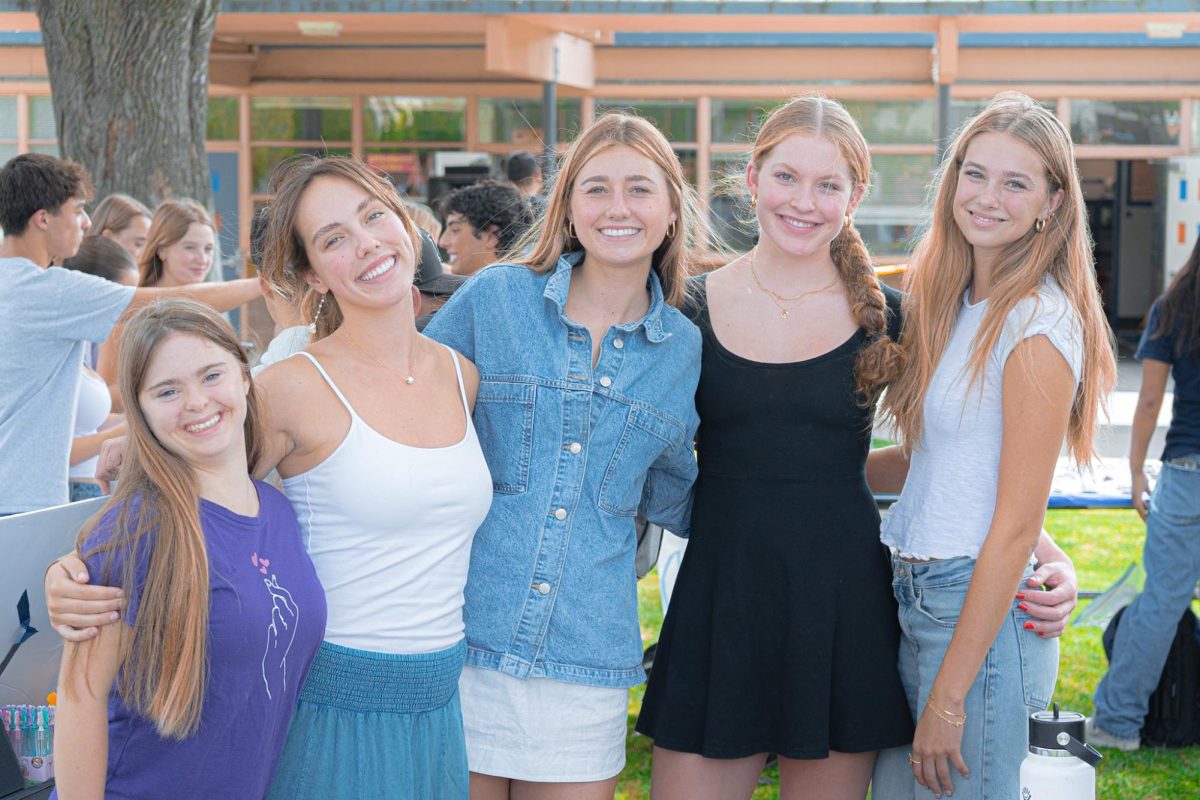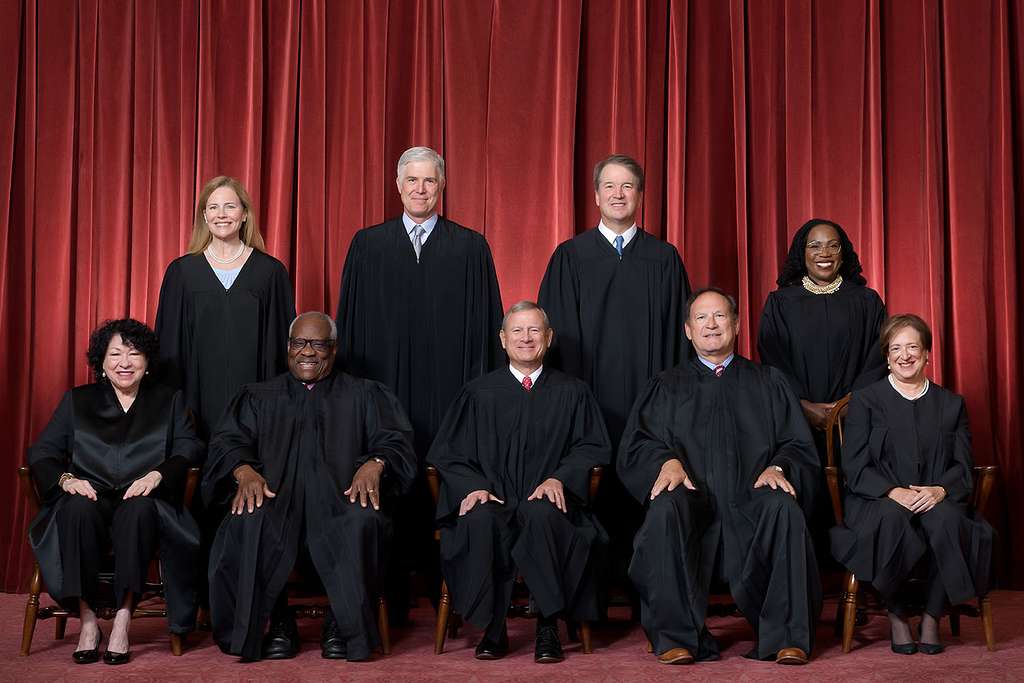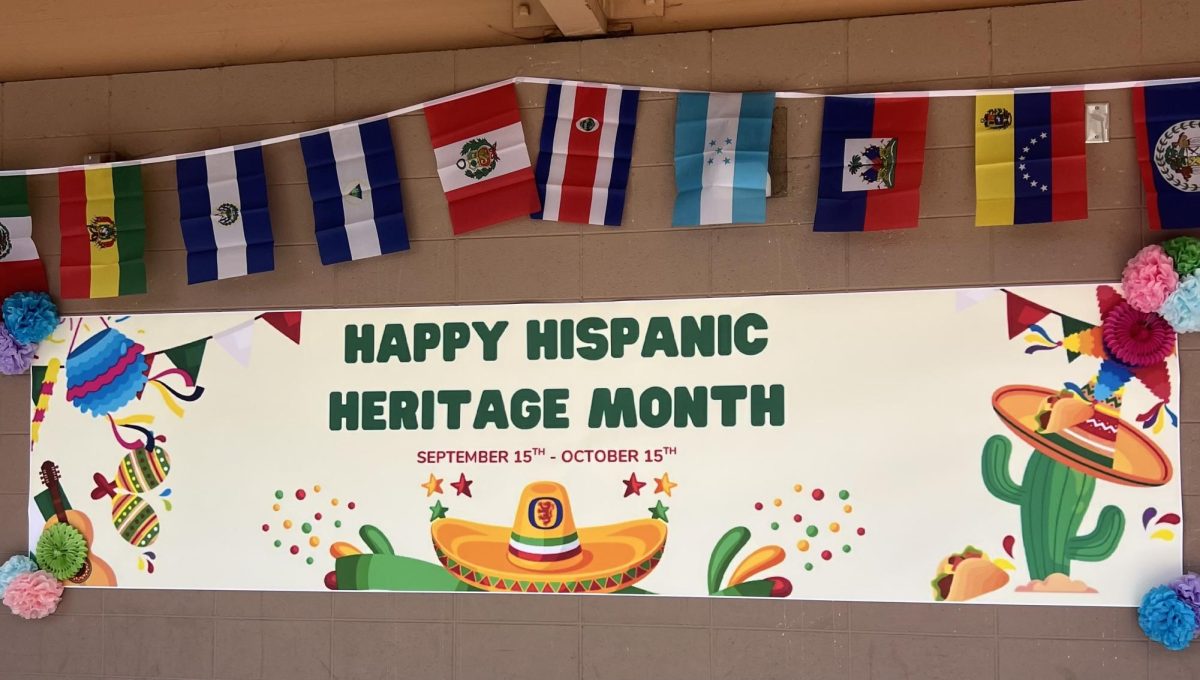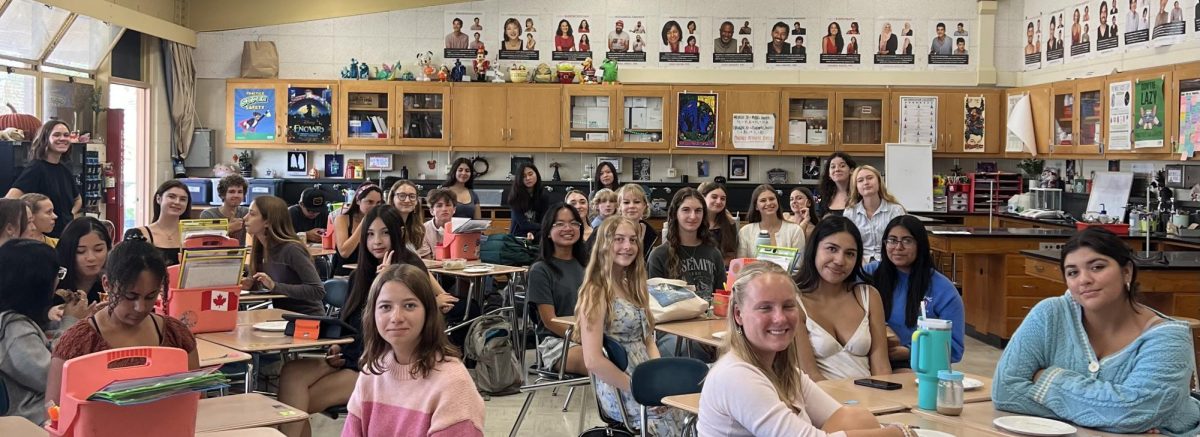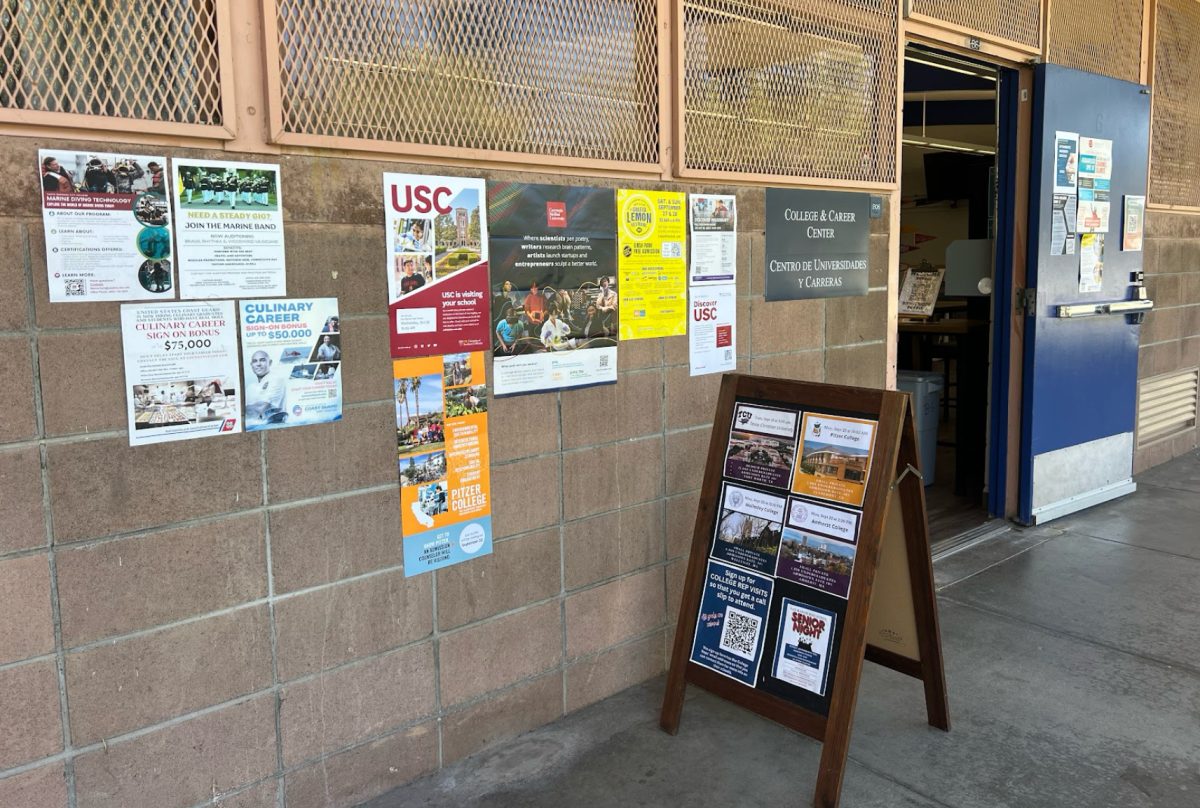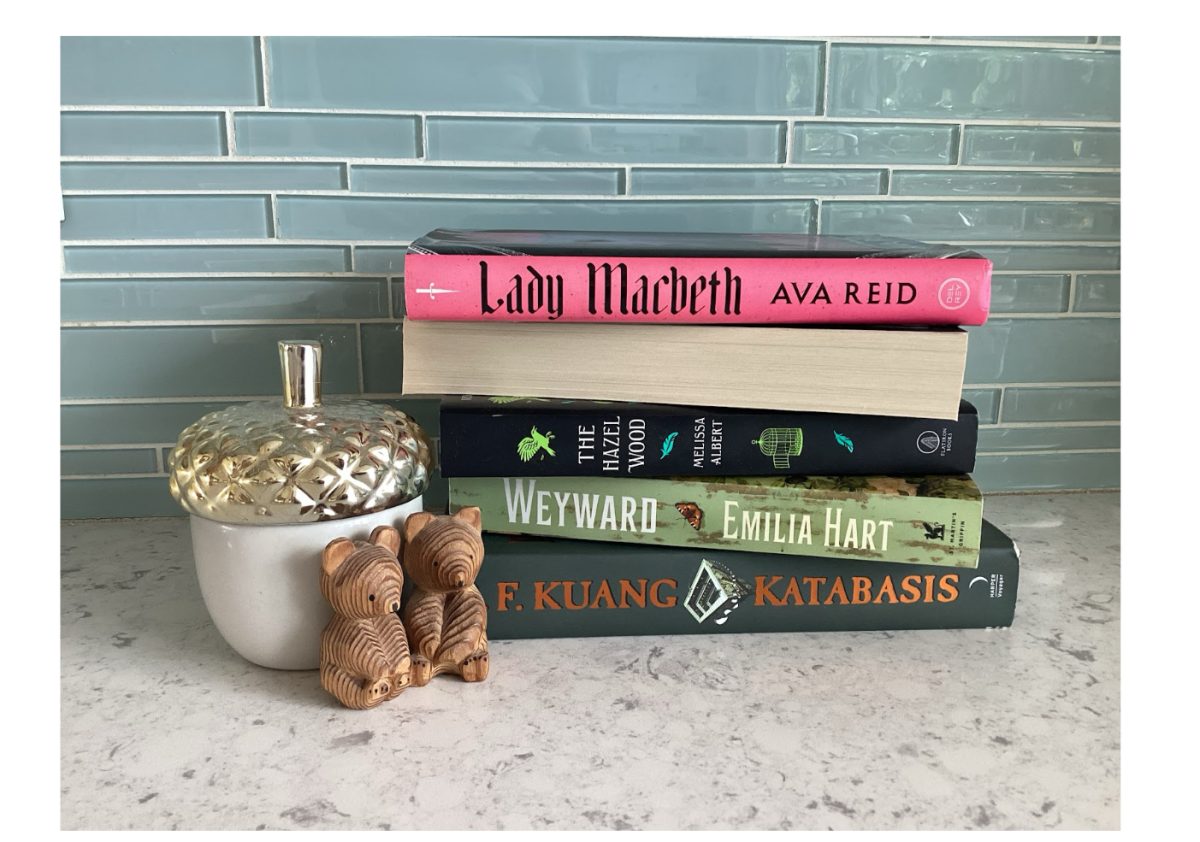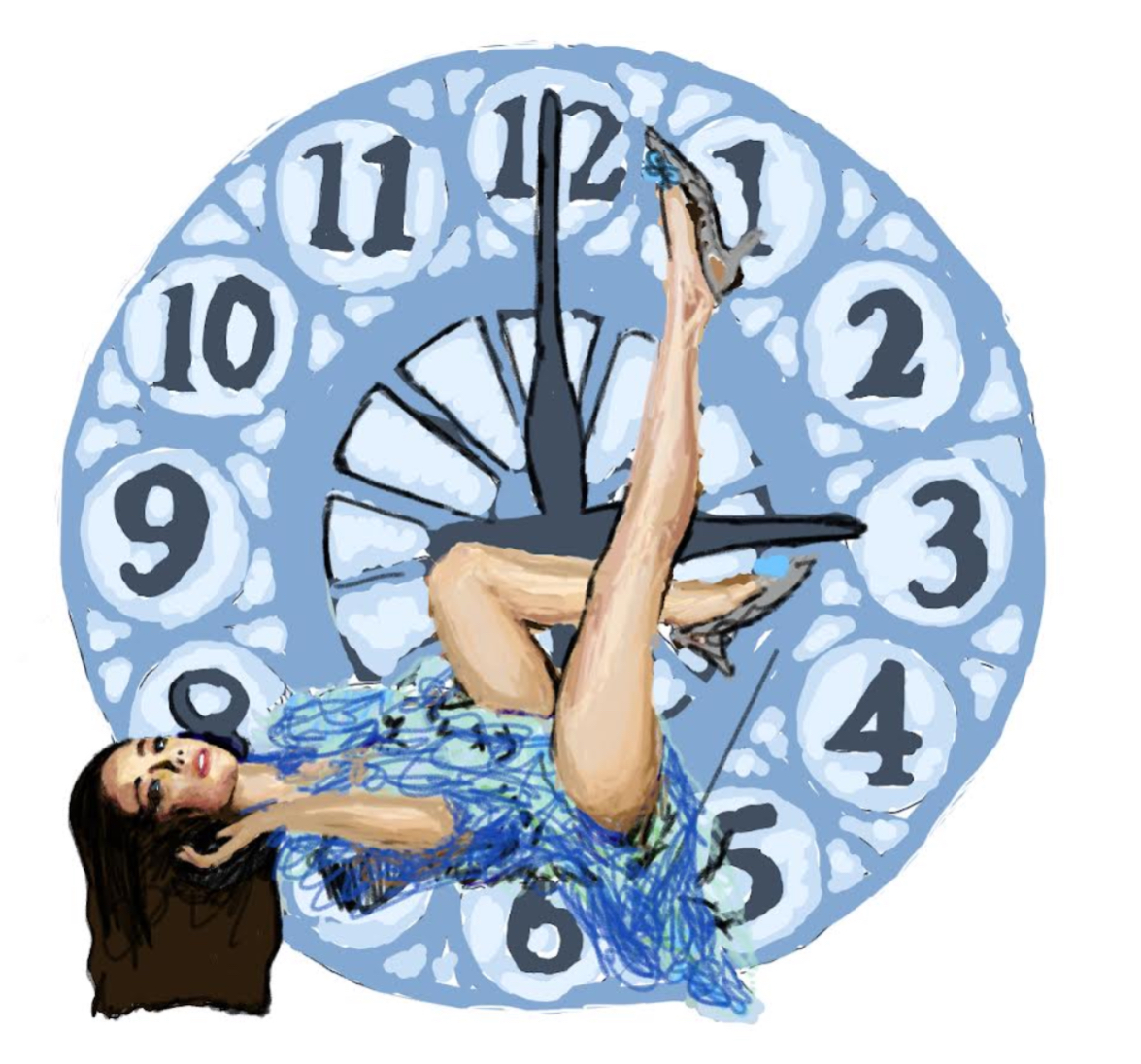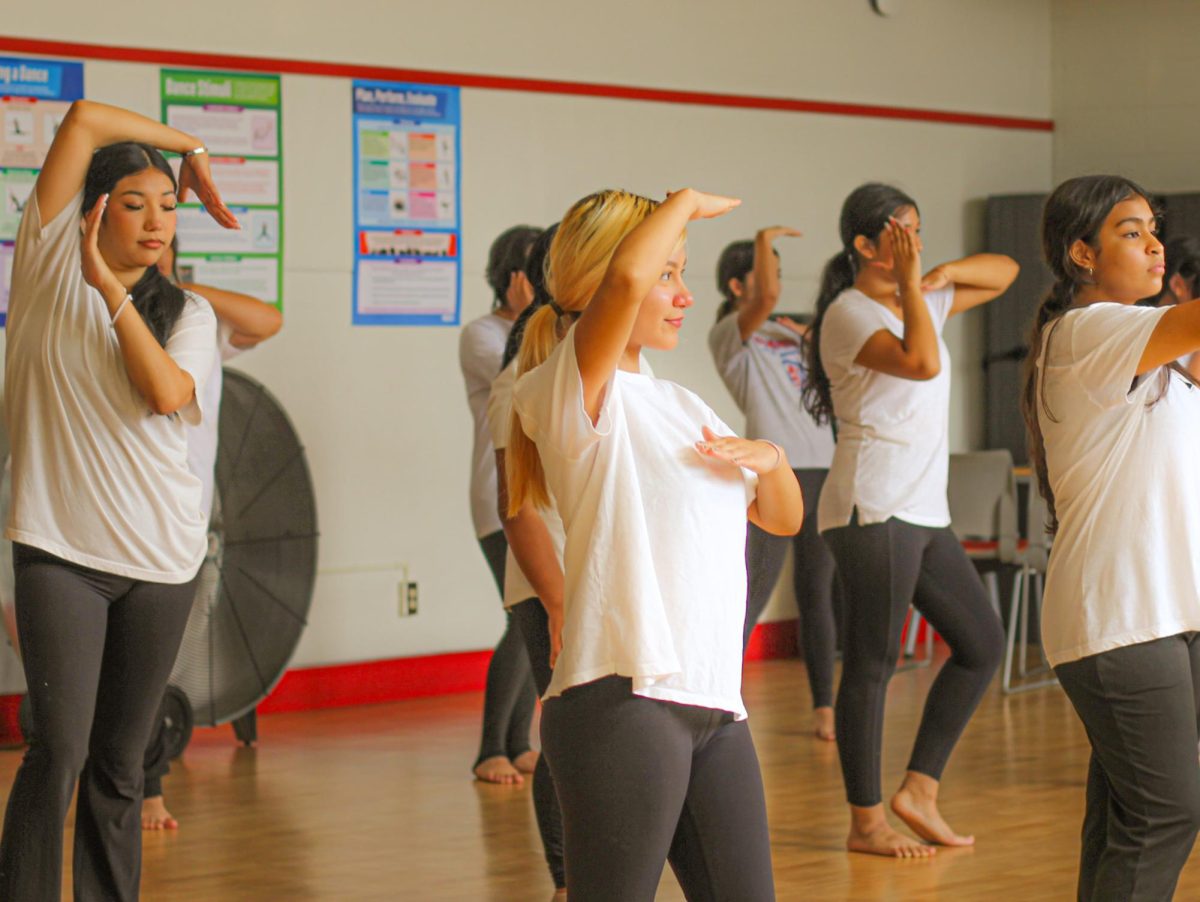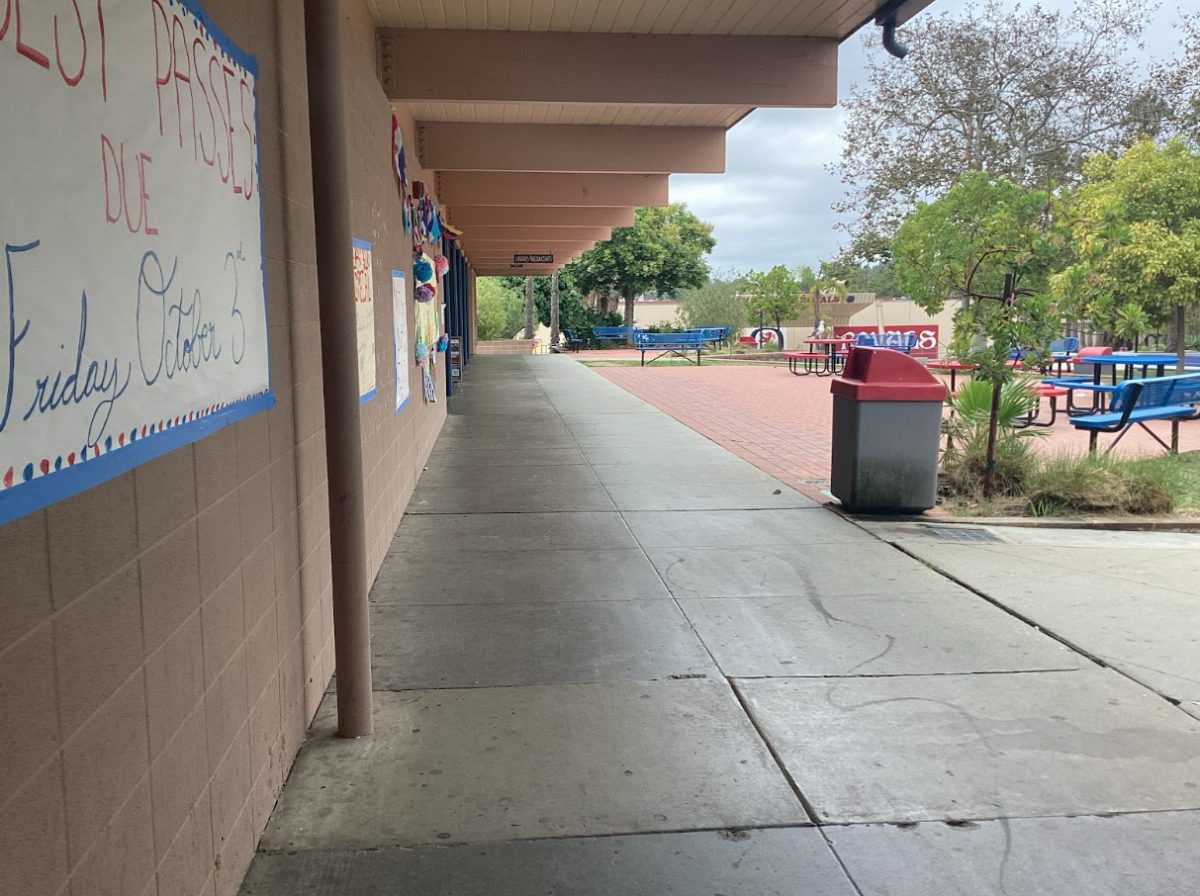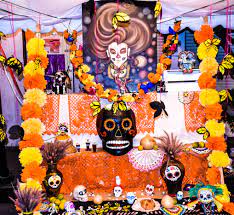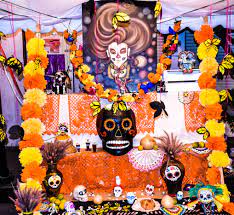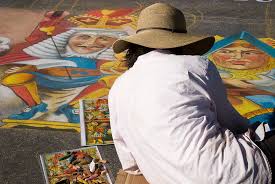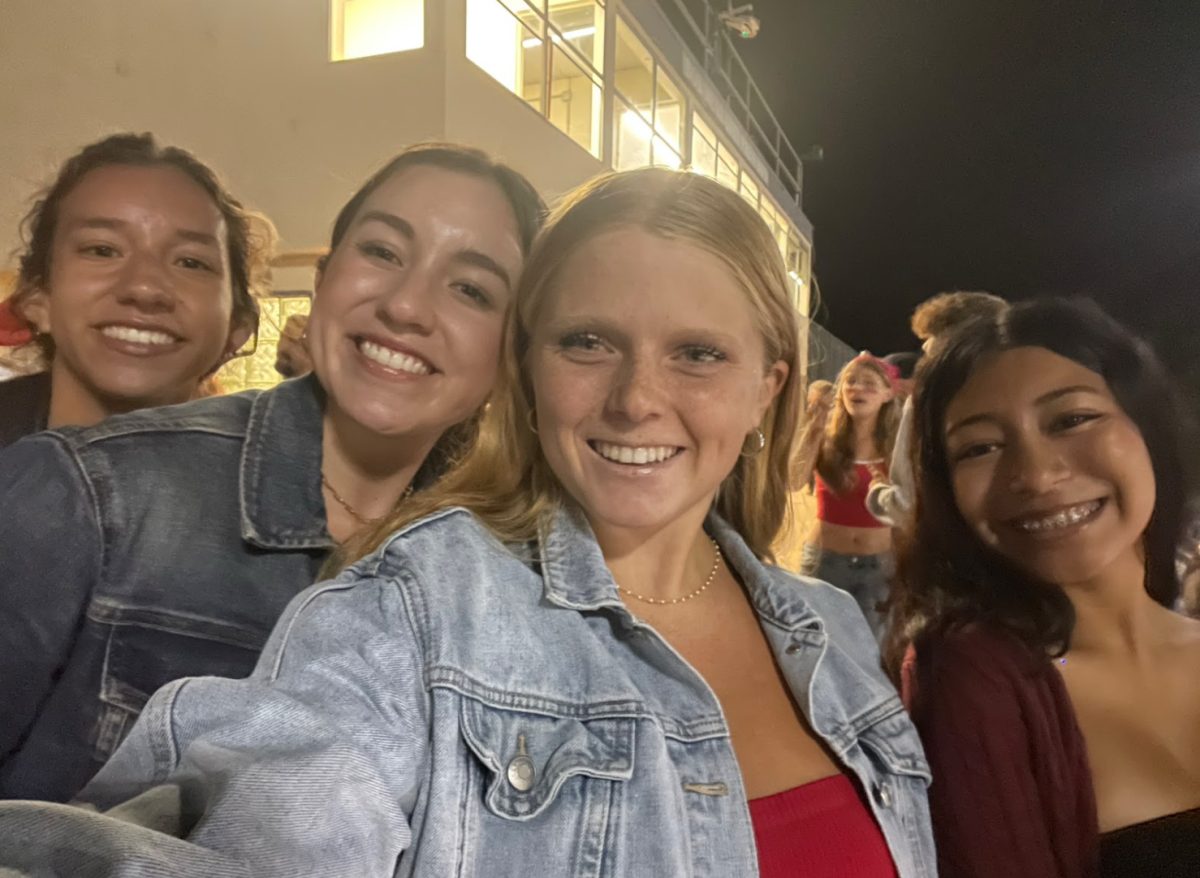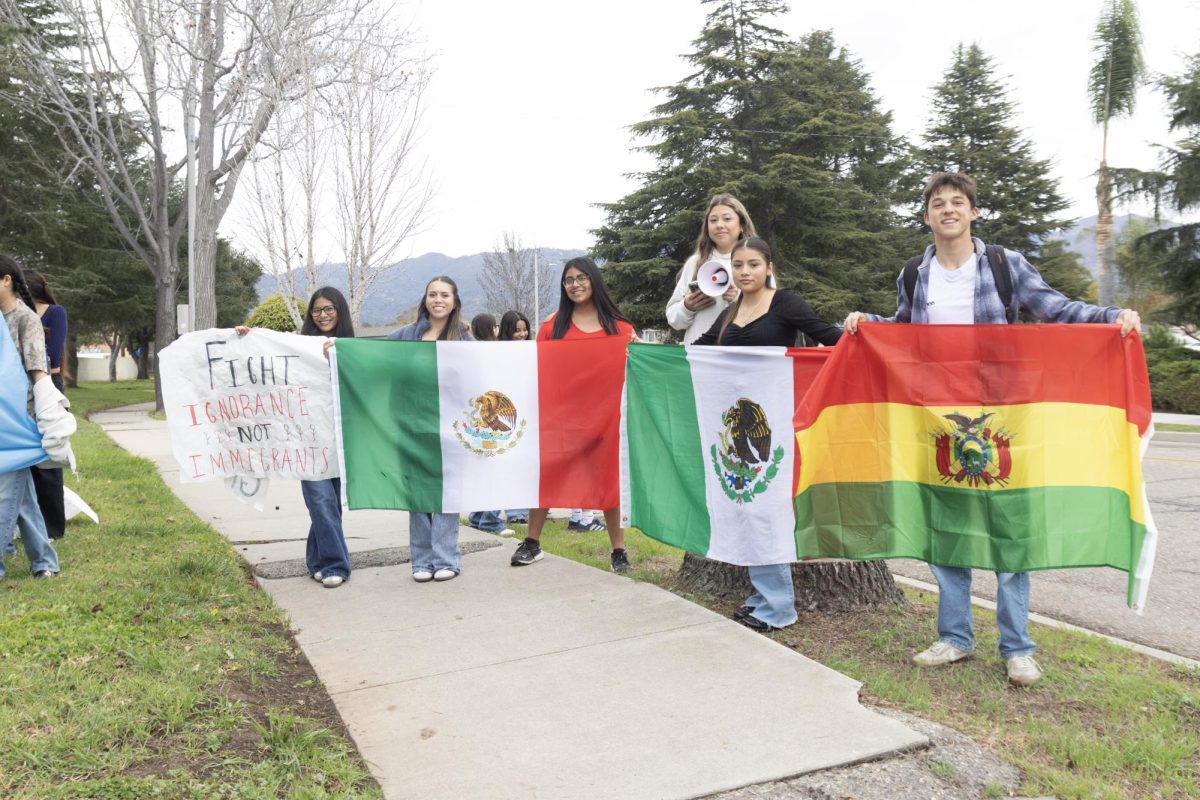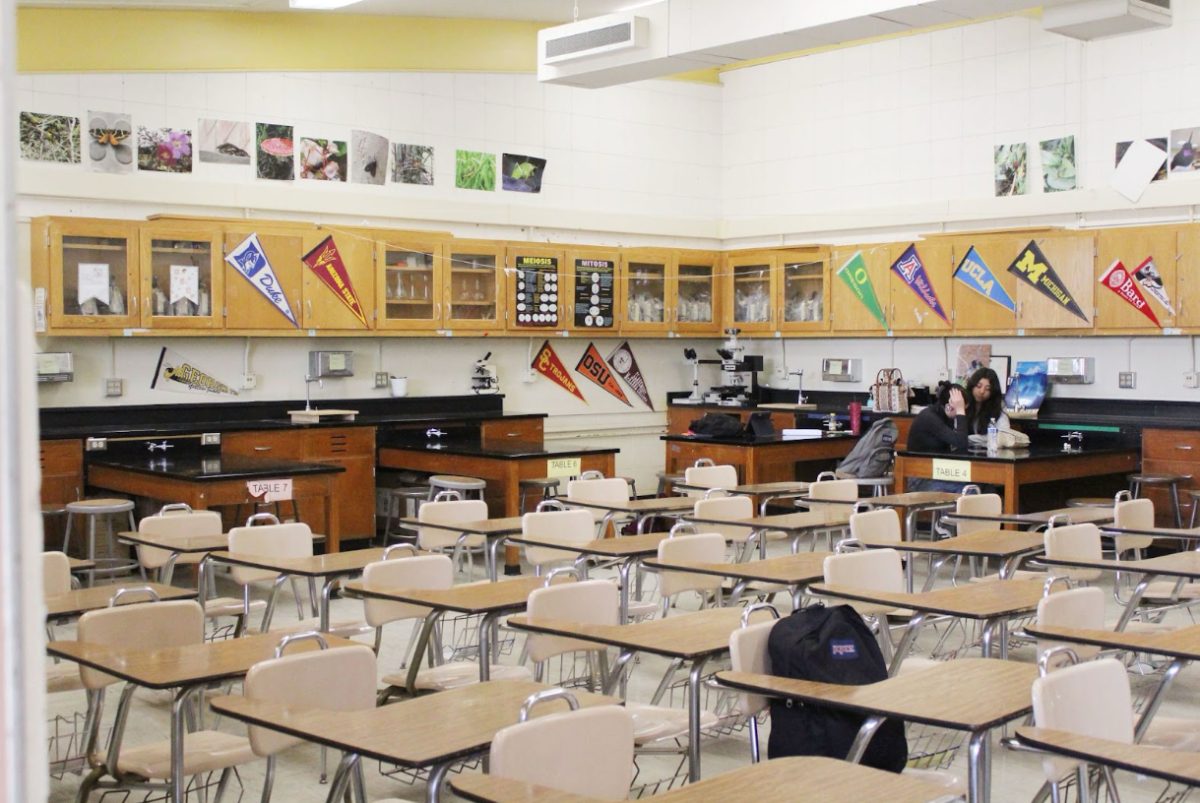Día de los Muertos is a beautiful Mexican tradition that is now celebrated world wide, as Mexican culture continues to make its way around the world. But do not get it confused, it is not the Mexican version of Halloween. It’s not a day to dress up and paint our faces just for fun. It is a day to remember our past loved ones and celebrate their lives.
Day of the Dead is a celebration where you will see sugar skulls (calaveras) and skeletons (cálalas) that may represent your loved ones. Whether it is a skeleton cooking or dancing, they are everywhere. On this day, family and friends give offerings to those who have passed away and it is a night where people are reunited with the dead. Around these days, you will see ofrendas. These are altars that will have pictures of the people, flowers (specifically cempasúchil), papel picado (colorful tissue paper that is cut into admiring patterns), candles to represent the path they will take to come to the altar, and water to help them after they come from their journey.
Día de los Muertos started many, many years ago with the indigenous people of Mexico, who believed that mourning over the dead was disrespectful, because they believed you would not let their soul rest. For the indigenous people, when someone passed away it meant they entered another life full of happiness. They did human sacrifices and did not find it wrong because they were offering the life of people to gods that controlled their world; but they knew that the person, given whether they were a good person or not, would pass onto another exciting life that could only be reached by death.
Day of the Dead is celebrated for 2 days, the 1st of November its Día de todos los Santos y angelitos (Day of all the saints and children.) November 2nd is the main Day of the Dead and it’s celebrated the most this day.

